Your basket is currently empty!
Home / Mushroom Guide /
Bay Bolete
Bay Bolete
The Bay Bolete is a great mushroom and not far from the Penny Bun in gastronomic value. So much so, we could not differentiate between the two in a blind taste test, with only the less firm texture of the Bay Bolete giving it away.
| Mushroom Type | |
| Common Names | Bay Bolete (EN), Cap Tyllog Gwinau Cleisiog (CY), Podgrzyb Brunatny (PL), Barna Tinóru (HU) |
| Scientific Name | Boletus / Imleria badia |
| Synonyms | Boletus badius |
| Season Start | Aug |
| Season End | Nov |
| Average Mushroom height (CM) | 5-8 |
| Average Cap width (CM) | 5-8 |
Cap
5-8 cm. Often starts spherical opening to convex and flattening with age. A bit velvety when young, smooth and shiny when mature. Dark brown or brown/brick coloured, slightly slimy when wet.
Pores
Pale yellow pores, bruising rapidly to a blue/green.
Stem
5-8 cm long, 1-4 cm diameter. Pale brown looking vertically fibrous over a paler yellow/tan background. Can be quite thick.
Possible Confusion
Can look like other Boletes (see Penny Bun, pictured,) but if you stick to the simple rule of avoiding any Bolete with red on the stem, pores or cap and any Bolete whose flesh turns rapidly blue when cut you will only pick edible Boletes. You will be missing out on some good edibles with that rule but you will be keeping yourself 100% safe.
Spore Print
Green/brown. Subfusiform.
Taste / Smell
Good when fresh with the pores removed, better when dried.
Frequency
Very common and widespread in the UK.
Other Facts
A great find as Bay Boletes don’t often host maggots.
In March 2025 the IUCN (International Union for Conservation of Nature) added 1000 fungal species to the IUCN Red List of Threatened Species. The IUCN (Global) Conservation Status of Bay Bolete (Imleria badia) is: LC – Least Concern, with stable population. For more information, see on the following link



 (72 votes, average: 3.76 out of 5)
(72 votes, average: 3.76 out of 5)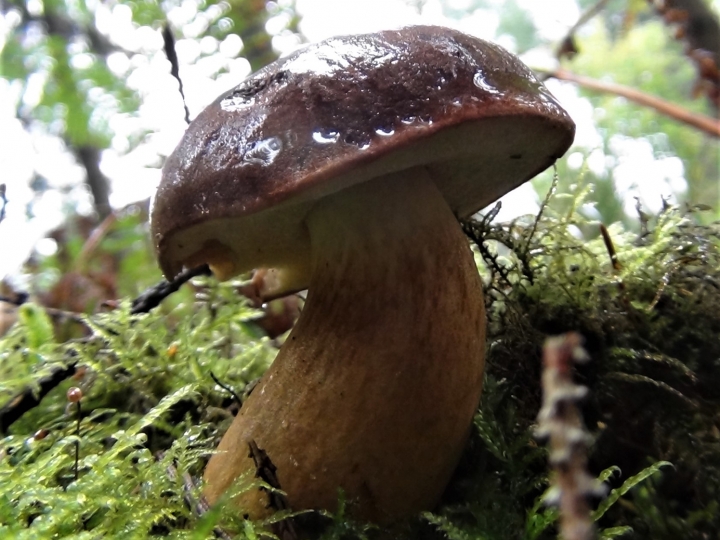

















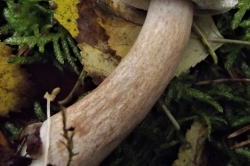
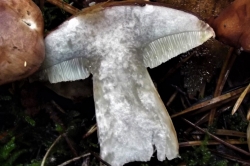
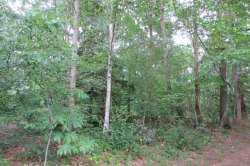
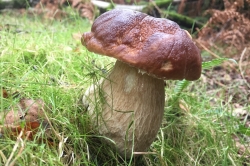
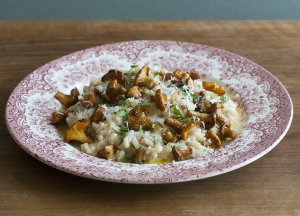
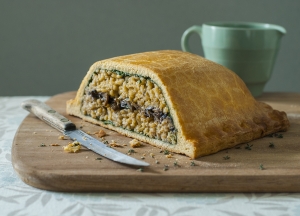
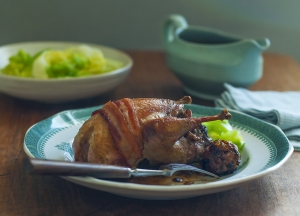
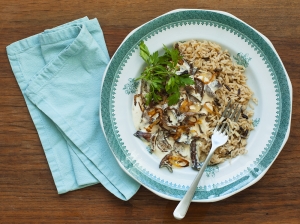
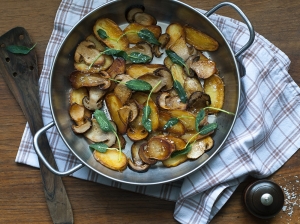







Leave a Reply